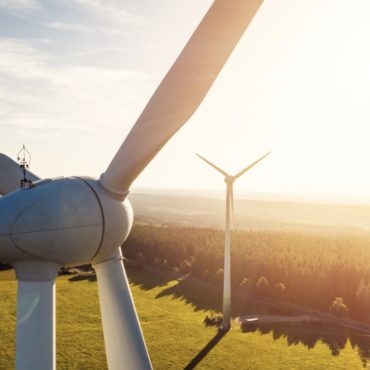As Europe strives for carbon neutrality by 2050, batteries have become an essential part of the energy storage mix. Patrick Clerens, Secretary General of the European Association for Storage of Energy (EASE), shares a preview of his presentation taking place on Thursday 8 September.
June 10, 2022
The announcement made in July 2021 by the European Commission, aiming to make the EU carbon neutral by 2050 with a 55% emission reduction goal by 2030 raises several issues regarding the feasibility of such ambitious objectives. The subsequent rapid uptake of renewables requires a parallel deployment of energy storage solutions not only to provide critical grid services needed to integrate wind and solar, but also to cope with rising curtailment and to ensure energy security at moments of low renewables production. However, the current growth of energy storage solutions does not mirror that of renewables uptake today and urgently needs to be addressed.
A necessary solution to this is setting energy storage targets that go in hand with existing renewables targets in the broader frame of a European strategy for energy storage. Such targets would be in line with the EU best practices as climate targets already exist today in many sectors successfully driving the energy transition. Furthermore, energy storage targets are already in place in a number of regions including California in the USA and Greece and Spain in Europe.
Thus, EASE considers the implementation of targets at EU level to be a key driver for the boosted uptake of new storage solutions by fostering innovation and investment. Among the different storage solutions currently on the market, batteries can greatly benefit from this incentive as they provide grid services which are critical to integrating variable sources of energy like solar or wind but also play a key role in daily energy shifting for both front-of-meter and behind-the-meter applications.
A range of lithium-based batteries already provide critical grid services today in Europe and also bring an answer to the ever-growing need for daily energy shifting in the residential segment. The incredible demand for energy storage indicates other domestic battery technologies in the EU, such as lead batteries, could and should play an even greater role in the energy storage battery mix.
Finally, the case of flow batteries and other hybrid derivatives is particularly interesting as it allows for longer-duration storage, an extremely valuable application which minimises curtailment and can help meet inter-seasonal peak demand when renewable production is low.
In conclusion, energy storage targets have the potential to enable innovation and further accelerate uptake of batteries which remain a trusted, proven technology and an indispensable part of the energy transition.





